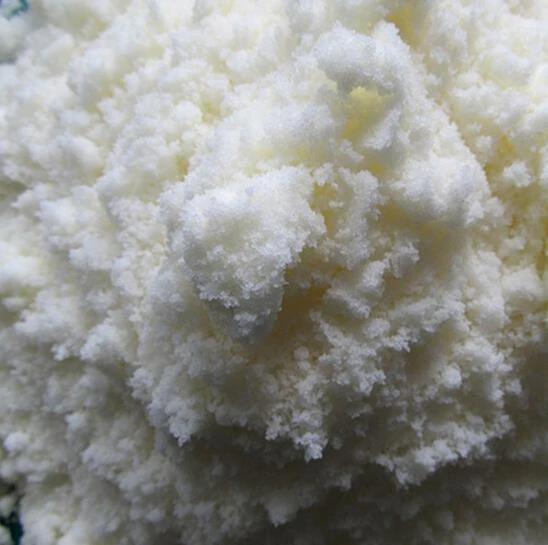



Understanding the Uses and Applications of Caustic Soda in Various Industries
Understanding Caustic Soda Properties, Uses, and Safety
Caustic soda, scientifically known as sodium hydroxide (NaOH), is a highly versatile and important chemical used widely across various industries. It is a white, solid crystalline substance that is highly caustic and can cause severe chemical burns. Its ability to react with acids and other substances makes it an essential component in numerous applications, from manufacturing to household cleaning products.
Properties of Caustic Soda
Caustic soda is hygroscopic, meaning it can absorb moisture from the environment. It is classified as a strong base with a high pH of around 13 when dissolved in water. Sodium hydroxide is highly soluble in water and generates a significant amount of heat during dissolution. This property is crucial in various chemical processes. The compound is also highly reactive, particularly with acids, which leads to the formation of salts and water in neutralization reactions.
Industrial Applications
One of the most significant uses of caustic soda is in the production of paper. In the pulping process, sodium hydroxide helps separate cellulose fibers from lignin, allowing for the creation of pulp, which is then transformed into paper. The chemical is also used in the production of biofuels, where it acts as a catalyst in the transesterification process to convert fats and oils into biodiesel.
Furthermore, caustic soda is critical in the manufacturing of chemicals such as detergents, soaps, and plastics. The textile industry also utilizes sodium hydroxide for mercerizing cotton, which improves its dye uptake and enhances its strength. Additionally, caustic soda is employed in the food industry, particularly in the processing of olives and pretzels, where it is used to create a distinct flavor and texture.
caustic soda cas

Household Uses
In domestic settings, caustic soda is commonly found in powerful cleaners and drain unclogging products. Its ability to break down organic matter makes it effective for clearing blocked drains and sinks. However, its usage must be approached with caution due to its corrosive nature, which can damage pipes and surfaces if not handled properly.
Safety Precautions
Due to its highly corrosive nature, safety measures must be adhered to when handling caustic soda. Protective gear such as gloves, goggles, and masks should be worn to prevent skin and eye contact, which can lead to severe burns and injuries. In case of accidental exposure, it is critical to rinse the affected area with plenty of water and seek medical attention immediately.
Proper storage is equally important; caustic soda should be kept in a cool, dry place, away from incompatible substances such as acids, metals, and organic materials. Containers should be tightly sealed to prevent moisture absorption and should be clearly labeled to avoid accidental misuse.
Conclusion
Caustic soda is an essential chemical with a broad spectrum of applications spanning multiple industries. Its unique properties make it invaluable in manufacturing, cleaning, and food processing. However, due to its caustic nature, it is imperative to handle sodium hydroxide safely and responsibly. By understanding its properties, applications, and safety precautions, we can harness the benefits of caustic soda while minimizing risks to health and safety.
-
Why Sodium Persulfate Is Everywhere NowNewsJul.07,2025
-
Why Polyacrylamide Is in High DemandNewsJul.07,2025
-
Understanding Paint Chemicals and Their ApplicationsNewsJul.07,2025
-
Smart Use Of Mining ChemicalsNewsJul.07,2025
-
Practical Uses of Potassium MonopersulfateNewsJul.07,2025
-
Agrochemicals In Real FarmingNewsJul.07,2025
-
Sodium Chlorite Hot UsesNewsJul.01,2025










